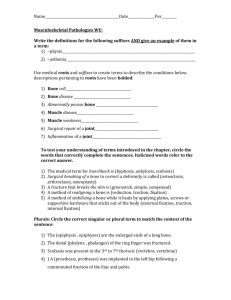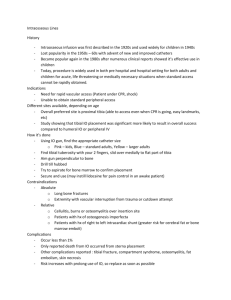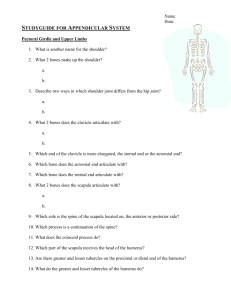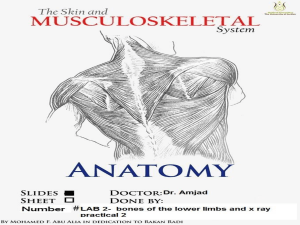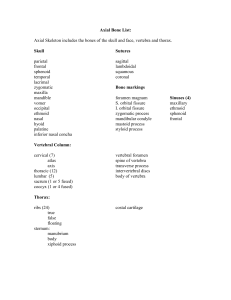Pathological Fracture Proximal Tibia In A Case Of Multiple Myeloma
advertisement
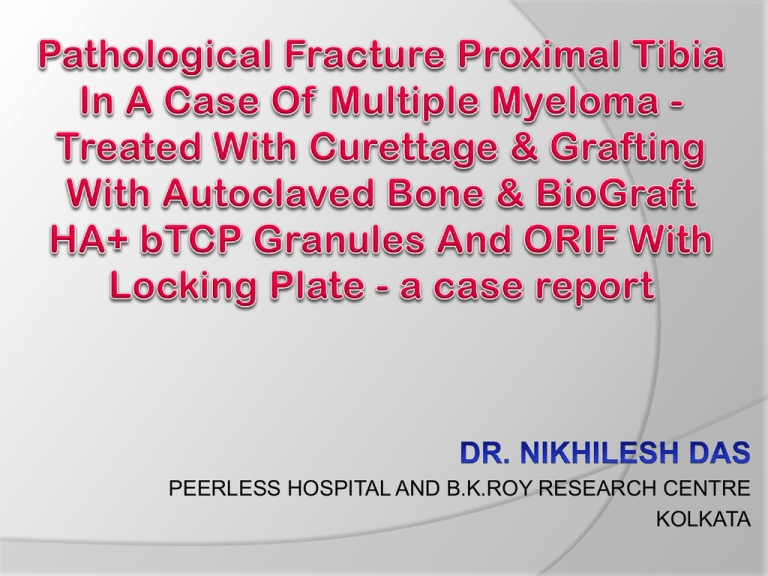
PEERLESS HOSPITAL AND B.K.ROY RESEARCH CENTRE KOLKATA A 60 year old lady presented to us with pain, swelling left proximal tibia and inability to walk – 1 month Being treated elsewhere with a POP slab. On examination she was seen to have a large osteolytic lesion of the left proximal tibia with cortical destruction. She also c/o generalised bone pain and weakness since last few weeks. Low Hb% Raised ESR & Sr. ALP IgM in electrophoresis Altered A:G ratio Osteolytic punched out lesions in the skull Pelvis Xray – lesion in the supraacetabular & ischium Increased uptake in the skull shoulders, spine, ribs, pelvis, both tibia and lt. ankle Curettage, of the lesion done through a lateral incision, cauterization with distill water and grafting with autoclaved bone mixed with Hydroxyapatite and Tricalcium Phosphate granules. ( REPROBONE). Fixation of the fracture done with a Lateral Tibial Condylar Locking Compression Plate. Imme. Post op X rays Histological picture Chemotherapy : MELPHALAN, THALIDOMIDE, CYCLOPHOSPHAMIDE & PREDNISOLONE. fracture completely united pt. walking full weight bearing knee ROM: 0 - 1150 no extensor lag clinically pt. has improved no obvious features of recurrence The use of autoclaved bone and BioGraft Hydoxyapatite & Tricalcium Phosphate granules as a substitute for autologous bone graft is a option to fill in large voids created after removing tumors. This reduces the donor site morbidity. The autoclaved bone provides a scaffold while the BioGraft HA + TCP granules facilitates bony incorporation due to osteoinductive properties. Using a locking plate in this situation provides better fixation in the osteporotic bone and metaphyseal area.


